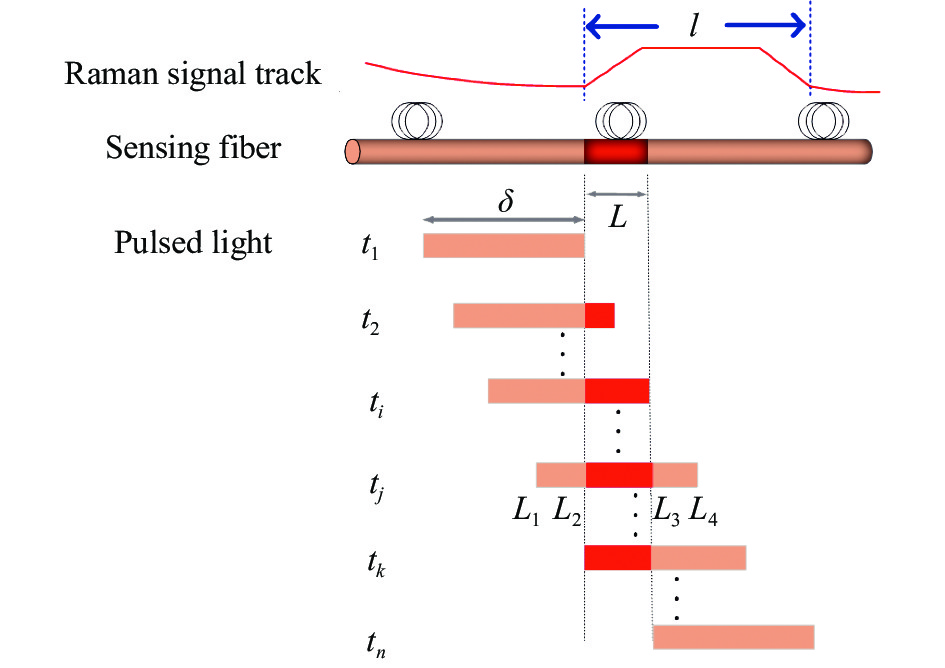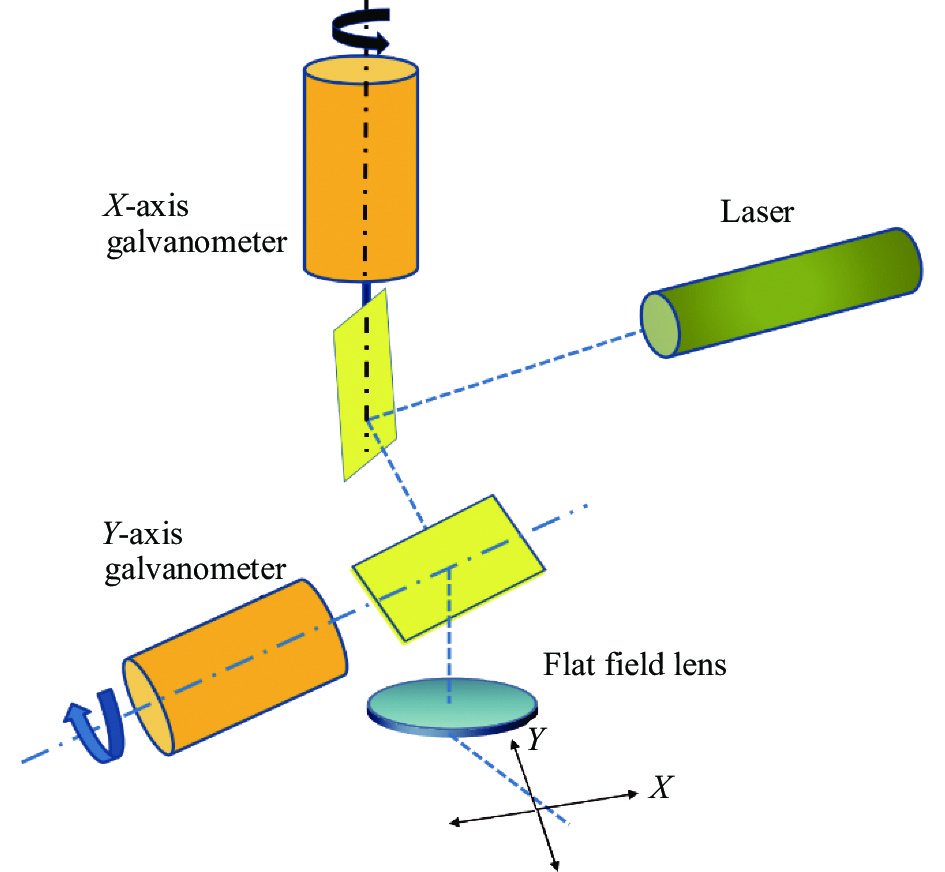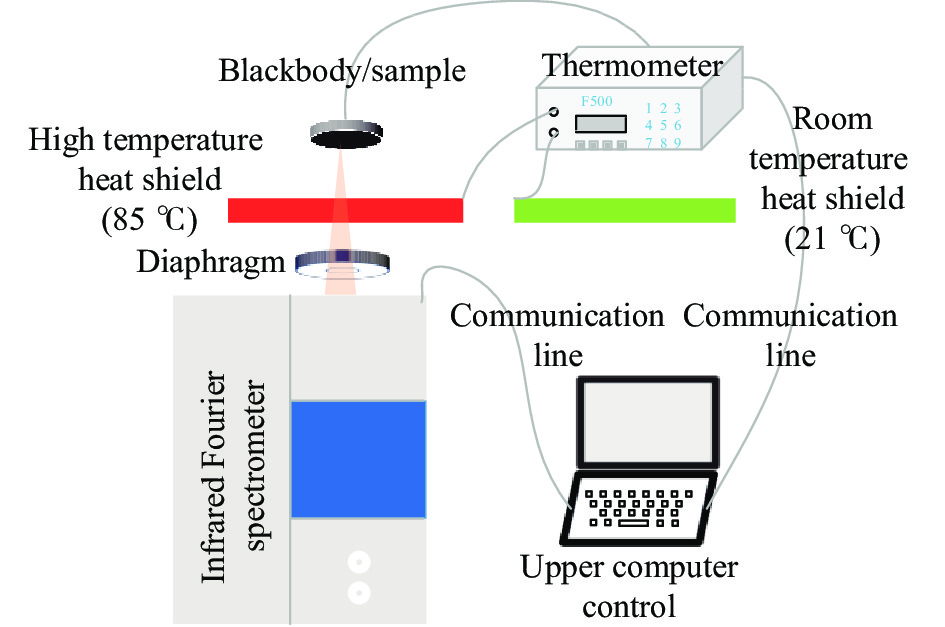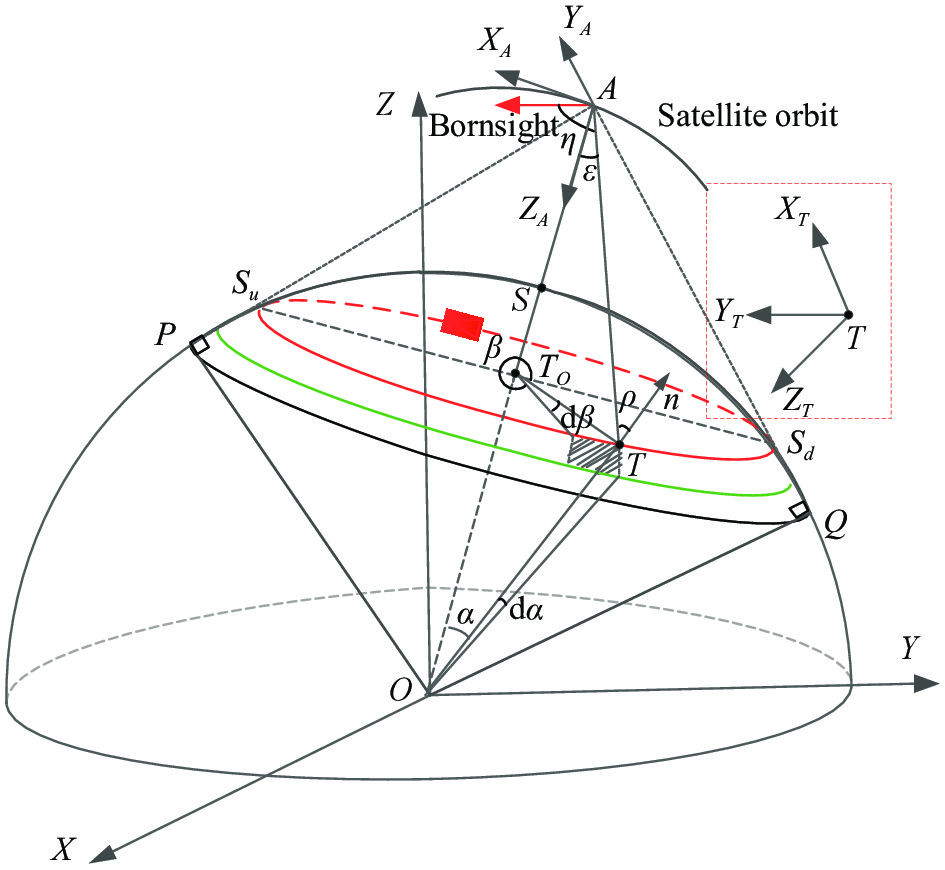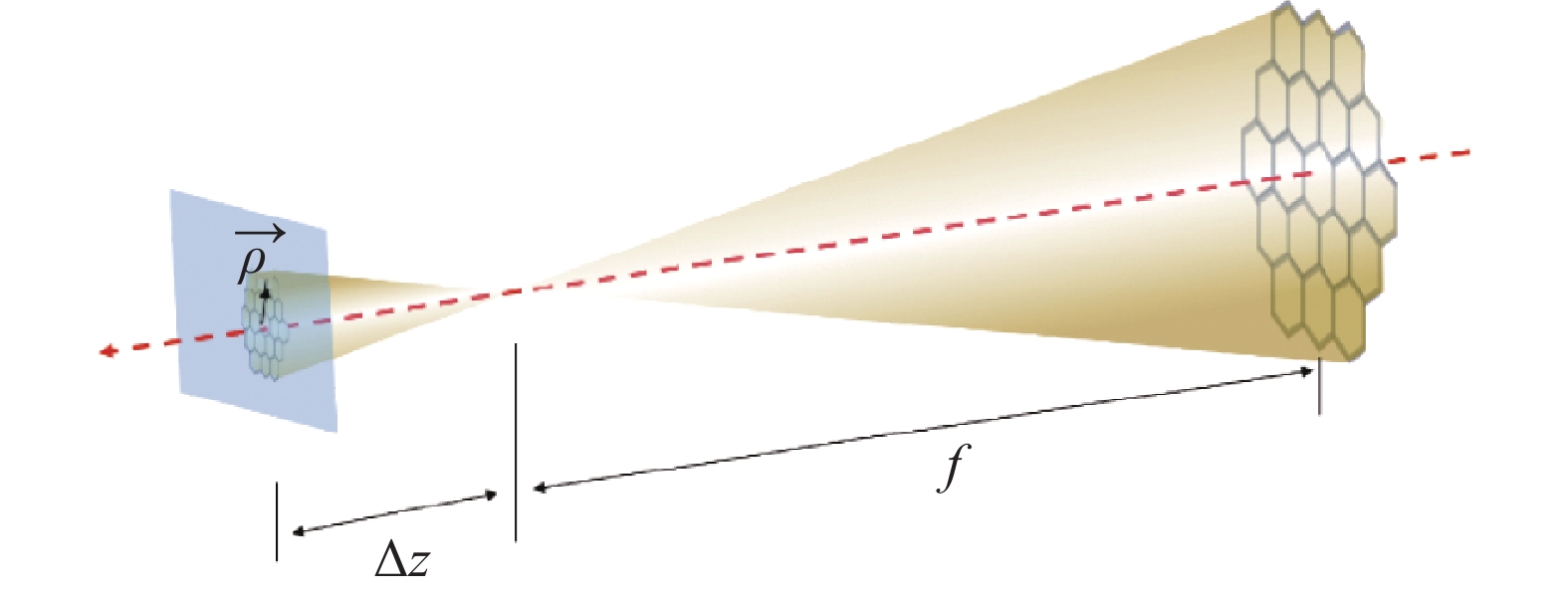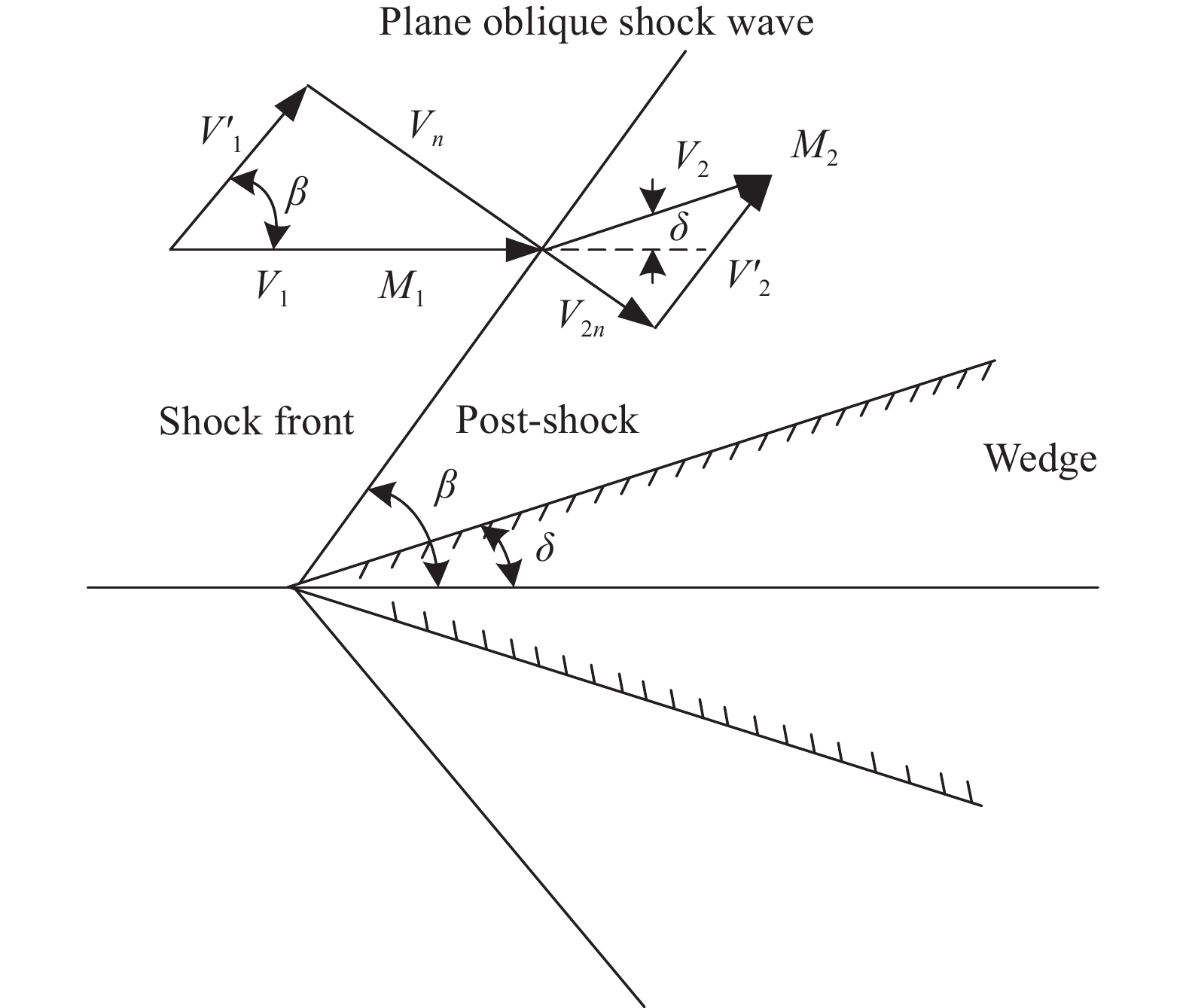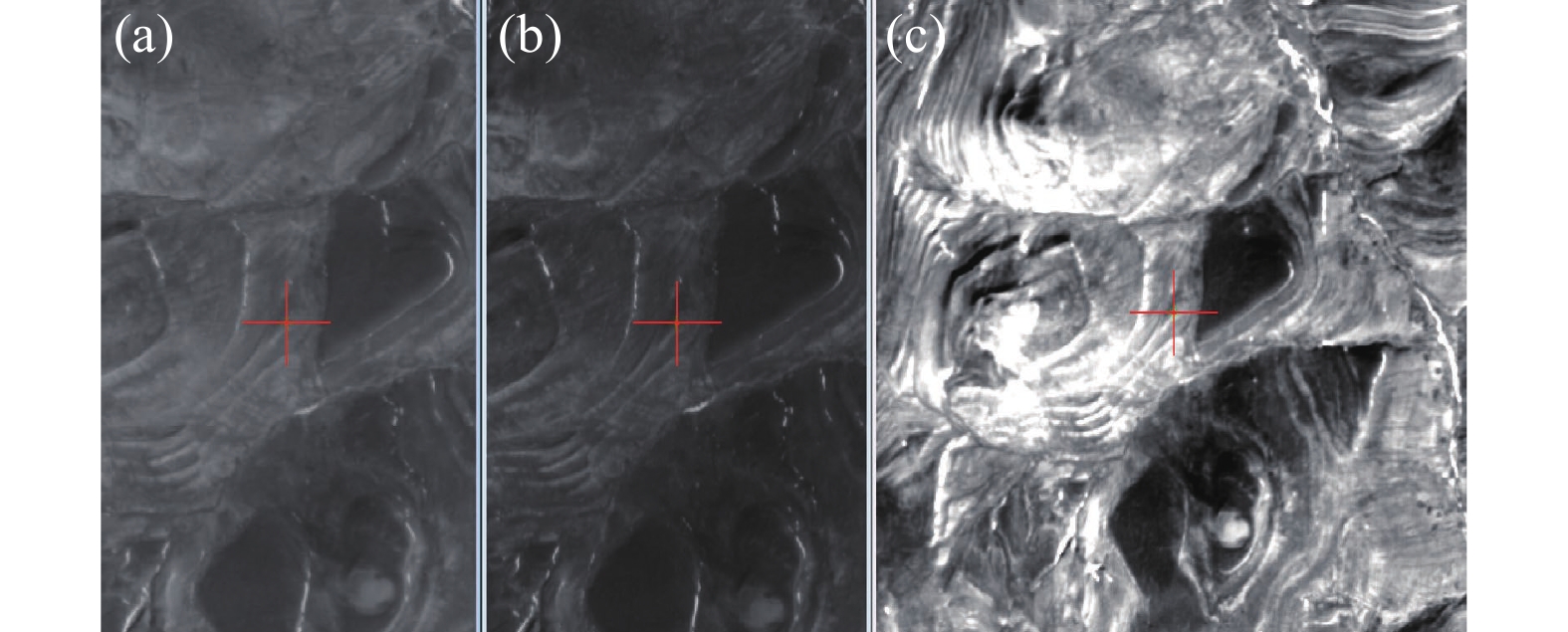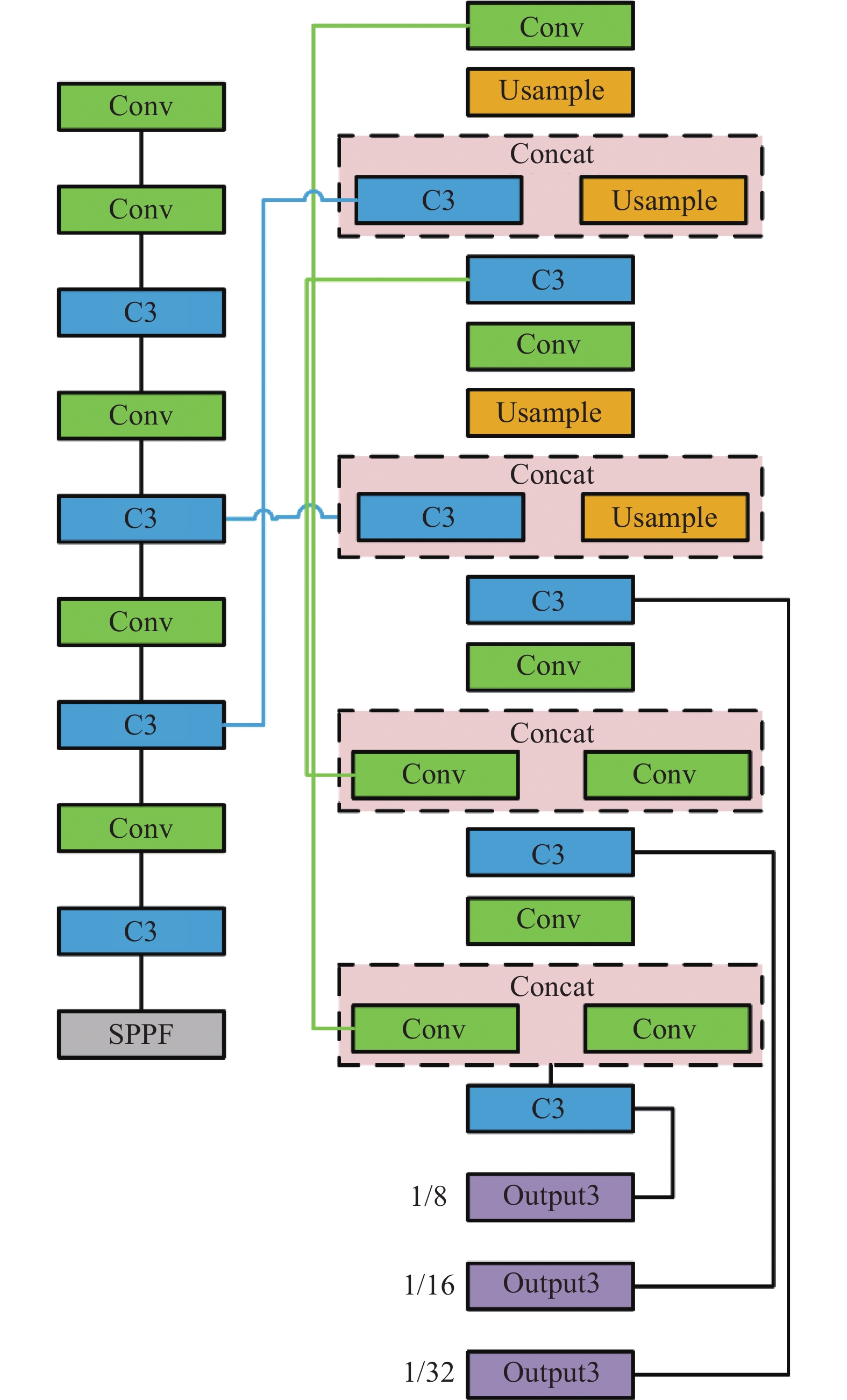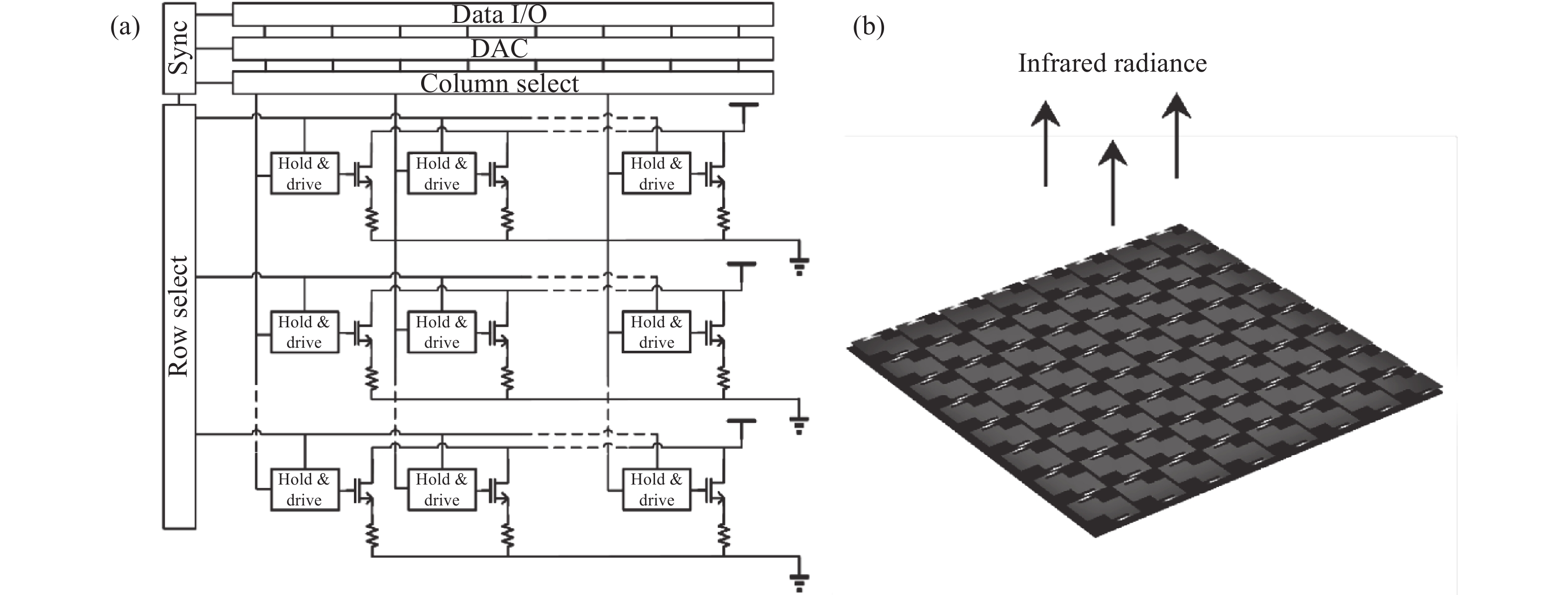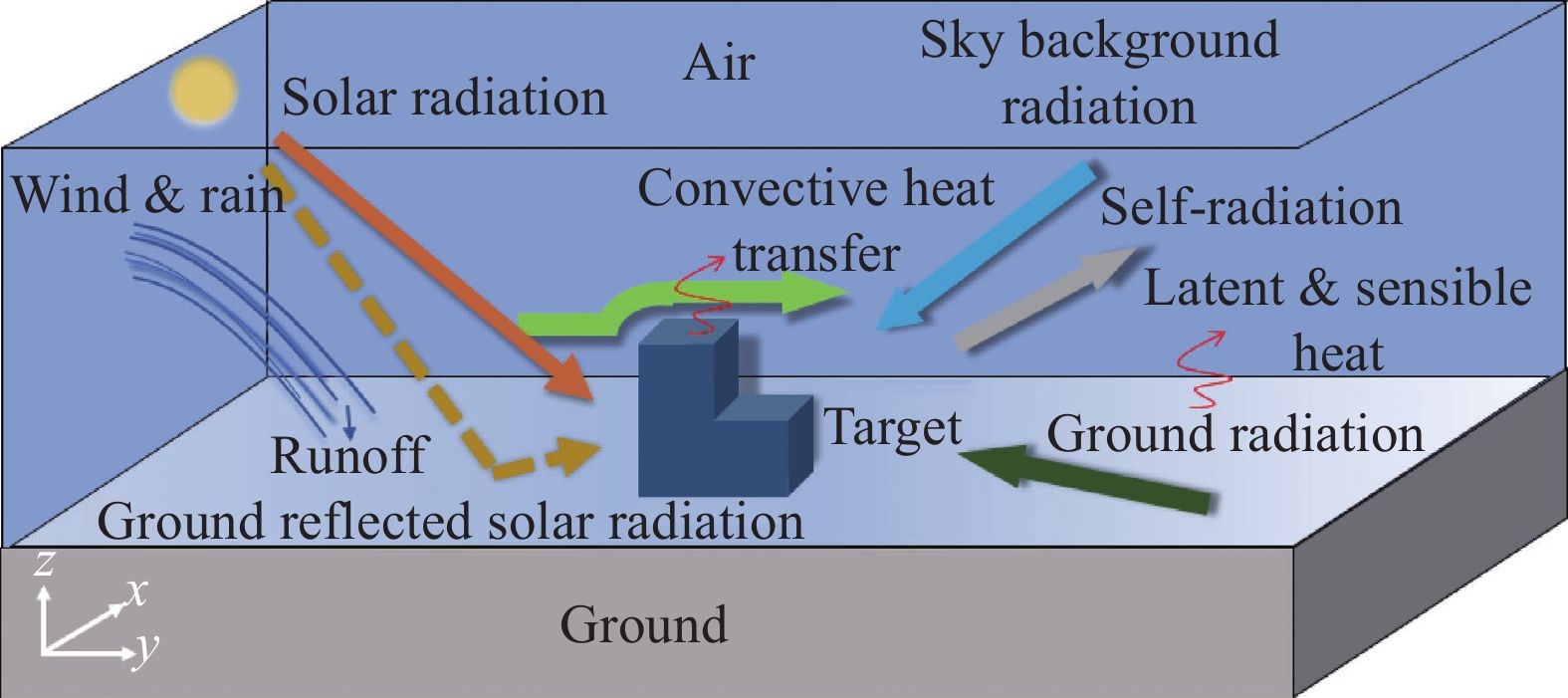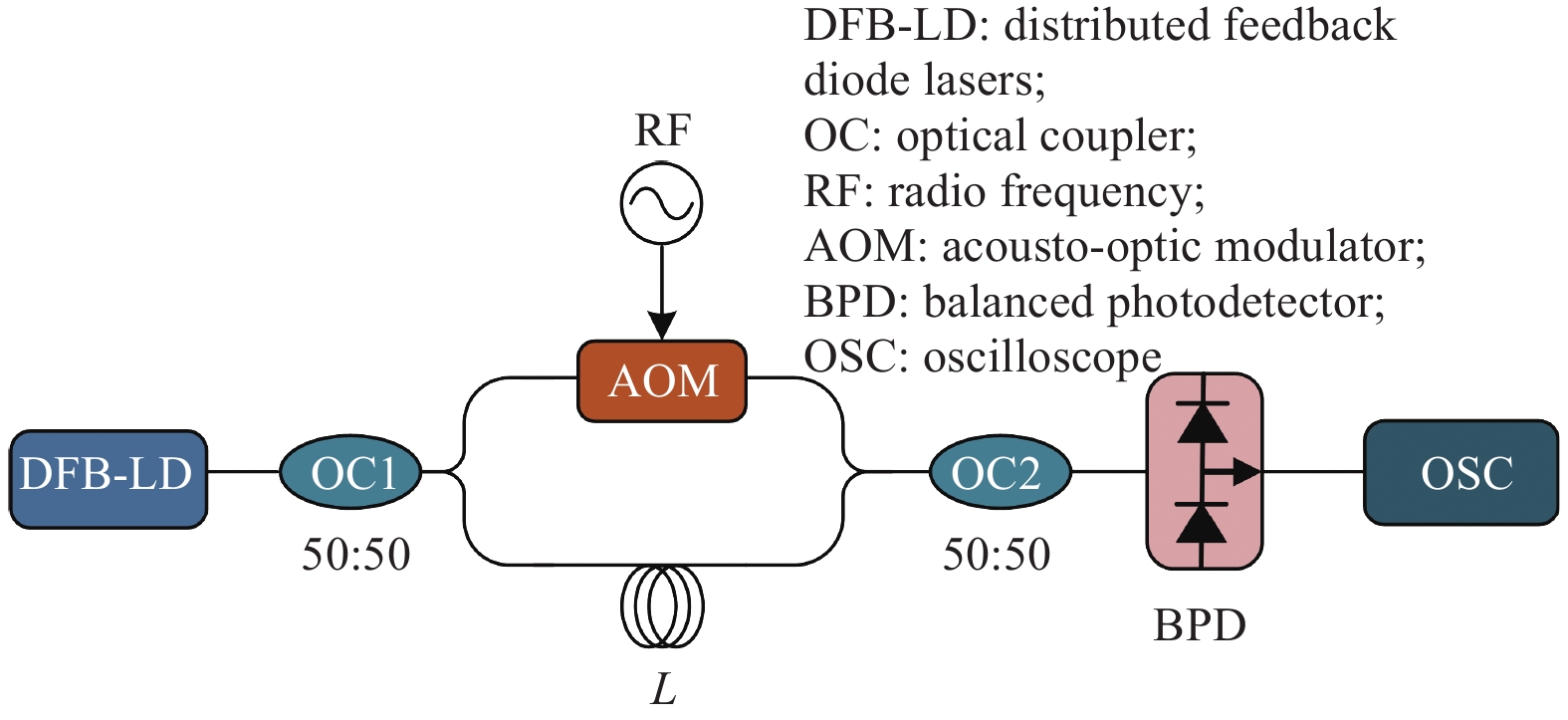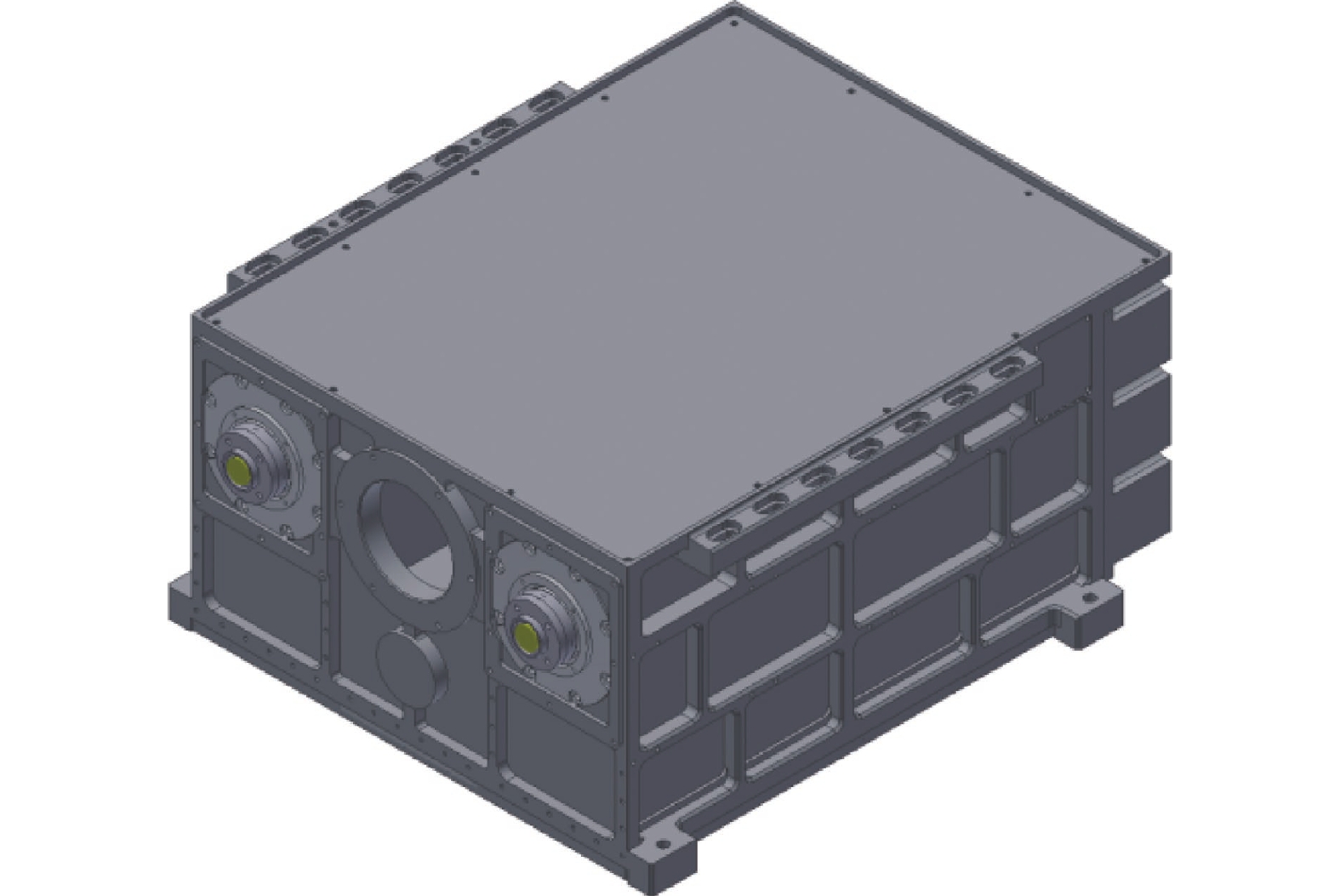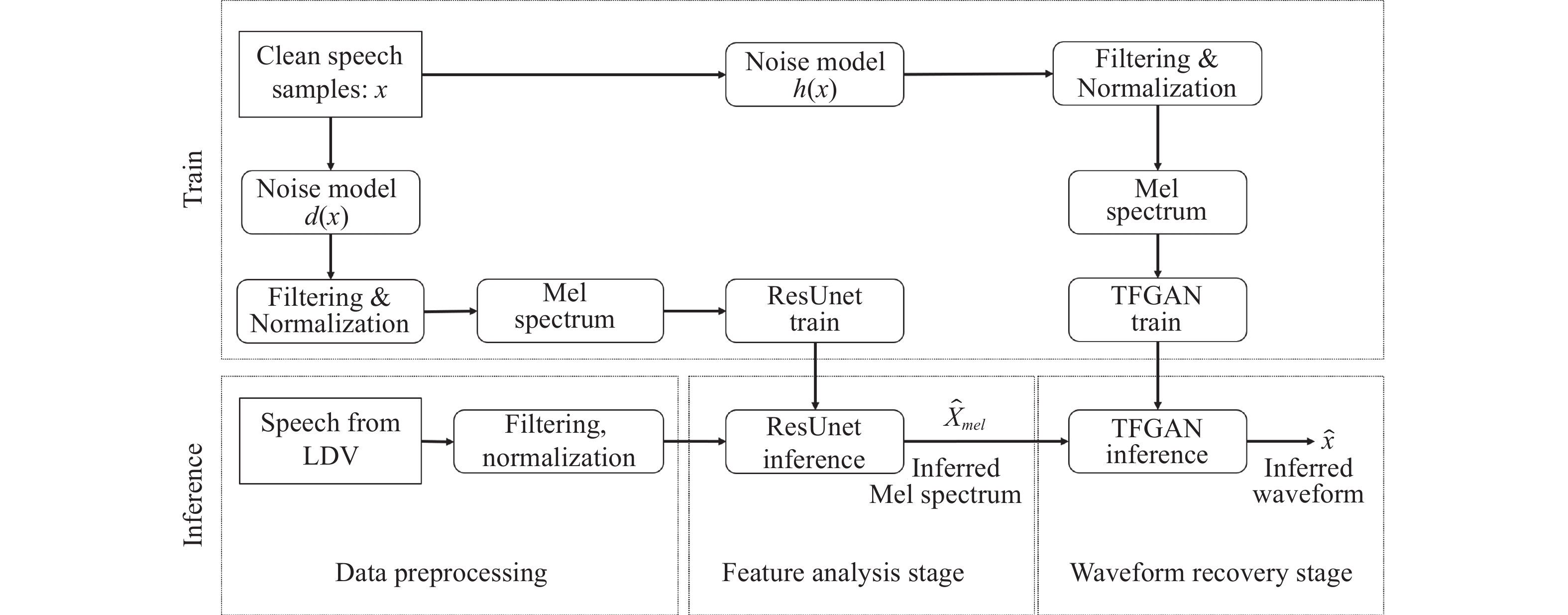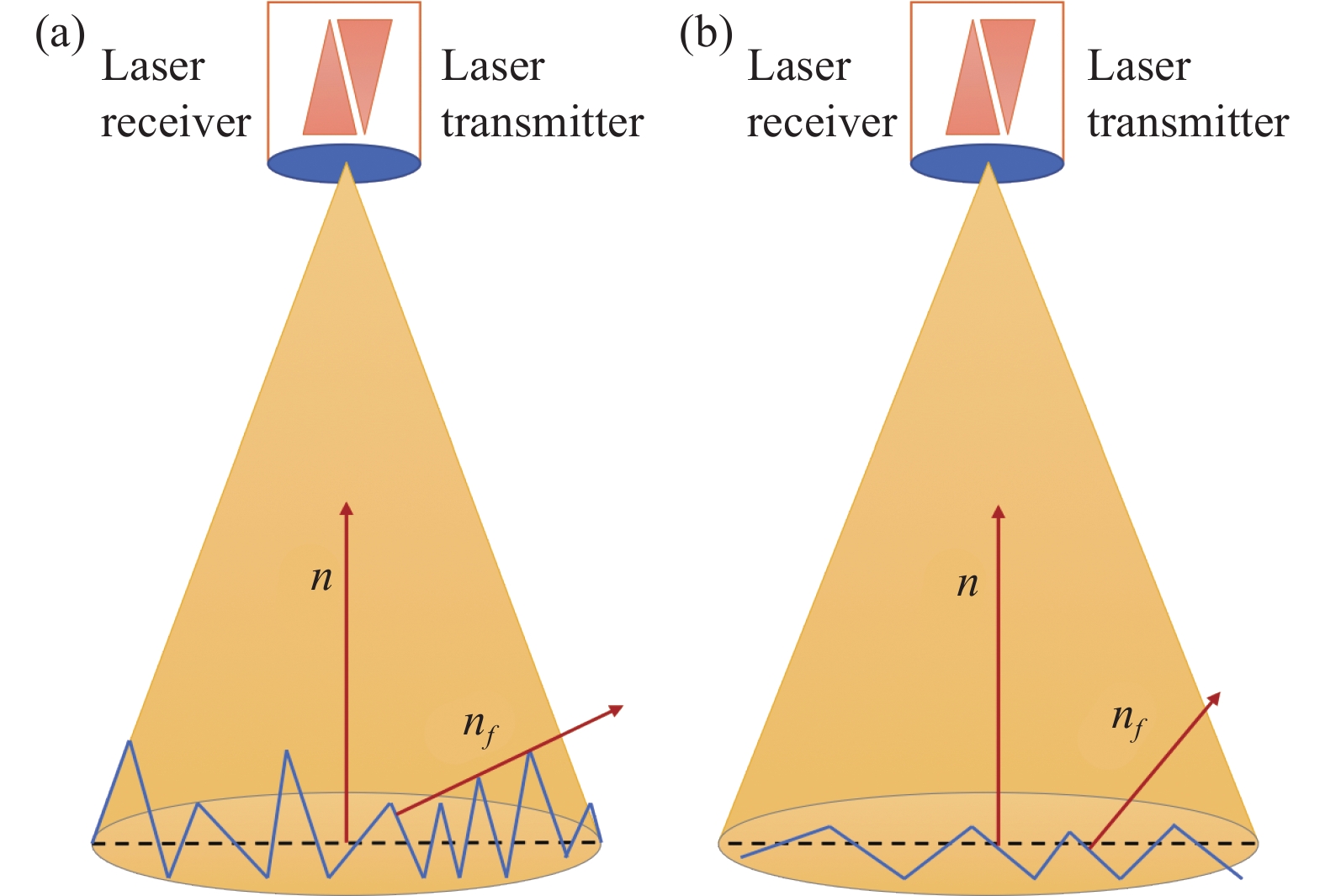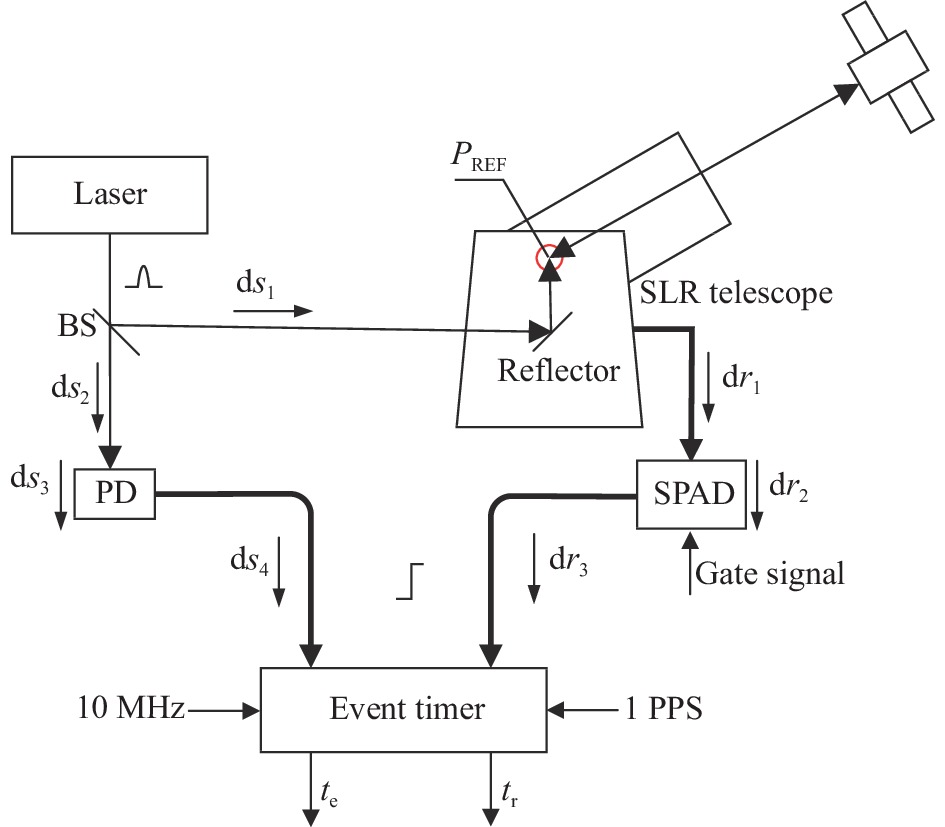2023 Vol. 52, No. 10
2023, 52(10): 20230004.
doi: 10.3788/IRLA20230004
2023, 52(10): 20230033.
doi: 10.3788/IRLA20230033
2023, 52(10): 20230106.
doi: 10.3788/IRLA20230106
2023, 52(10): 20230094.
doi: 10.3788/IRLA20230094
2023, 52(10): 20230065.
doi: 10.3788/IRLA20230065
2023, 52(10): 20230041.
doi: 10.3788/IRLA20230041
2023, 52(10): 20230066.
doi: 10.3788/IRLA20230066
2023, 52(10): 20230050.
doi: 10.3788/IRLA20230050
2023, 52(10): 20230077.
doi: 10.3788/IRLA20230077
2023, 52(10): 20230044.
doi: 10.3788/IRLA20230044
2023, 52(10): 20230010.
doi: 10.3788/IRLA20230010
2023, 52(10): 20230006.
doi: 10.3788/IRLA20230006
2023, 52(10): 20230266.
doi: 10.3788/IRLA20230266
2023, 52(10): 20230028.
doi: 10.3788/IRLA20230028
2023, 52(10): 20230005.
doi: 10.3788/IRLA20230005
2023, 52(10): 20230009.
doi: 10.3788/IRLA20230009
2023, 52(10): 20230023.
doi: 10.3788/IRLA20230023
2023, 52(10): 20230433.
doi: 10.3788/IRLA20230433
2023, 52(10): 20230015.
doi: 10.3788/IRLA20230015
2023, 52(10): 20230038.
doi: 10.3788/IRLA20230038
2023, 52(10): 20230063.
doi: 10.3788/IRLA20230063
2023, 52(10): 20230079.
doi: 10.3788/IRLA20230079
2023, 52(10): 20230020.
doi: 10.3788/IRLA20230020
2023, 52(10): 20230025.
doi: 10.3788/IRLA20230025
2023, 52(10): 20230051.
doi: 10.3788/IRLA20230051
2023, 52(10): 20230108.
doi: 10.3788/IRLA20230108
2023, 52(10): 20230070.
doi: 10.3788/IRLA20230070
2023, 52(10): 20230109.
doi: 10.3788/IRLA20230109
2023, 52(10): 20230027.
doi: 10.3788/IRLA20230027



